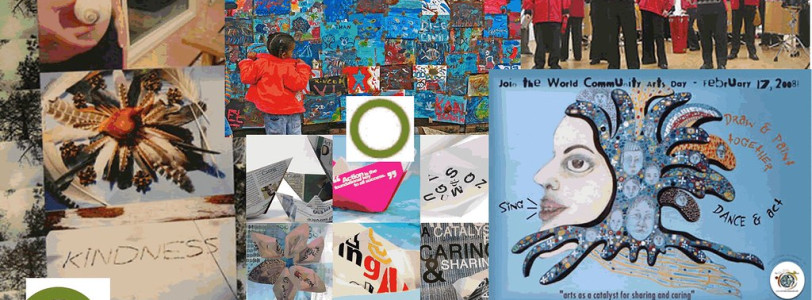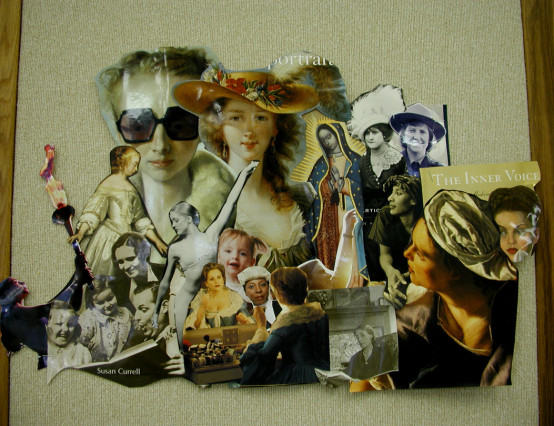Since the COVID-19 pandemic, there has been a surge in grass-roots initiatives with a creative element to them. In Erdington, Birmingham for example, the past year has seen an art festival, flower competitions, dozens of murals sporadically decorate the city, and groups go from strength to strength, including Arts All Over the Place, Erdington Artists’ Conversations, and Erdington Arts Forum. Increasing engagement has been despite the cost-of-living crisis, Birmingham City Council filing for bankruptcy, and millions of pounds of funding cuts from the art sector by the government.
Interestingly, with the closure of the majority of publicly funded community spaces across Birmingham in the 2010s, this hasn’t stopped avid artists and keen organisers from pooling their resources to create spaces for their local communities. A key example of this has been with the Erdington Litter Busters, who have collectively helped source premises and funding for the Erdington Artists’ Conversations. This collaboration shows that community cohesion binds communities together, and despite having differing remits, both groups came together to enable another space to exist for the local community.
These local creative groups have a wide range of demographic attendance, in part due to the diversity within the local community. With a wide range of ages, genders and ethnicities, there are often a range of reasons people attend these groups. These include avid creatives, who have been perfecting their artforms for years, to interested hobbyists who want to try something new. Some people attend the groups to engage with their local community, while others utilise them to have human contact which prevents loneliness. A key message which is echoed from each of these groups is the openness of them. Everyone is welcome, regardless of background, artistic ability, or even locality.
The access to creativity in these groups offer a local, hands-on experience of the arts which isn’t usually found within the more widely perceived arts sector, which included museums and galleries. These often come with a perception of art as being perfectionist and something that only exceptional artists can participate in, and also a perception that art is to be looked at and not touched. The grass roots creative groups subvert this by enabling that access to art and incorporate the many forms of art that there is, which includes writing, photography, architecture, gardening, and much more! Similarly, workshops are often facilitated by these groups to enable local communities to try other artforms which they traditionally wouldn’t have access to try. Overall, grass-roots creative communities are paving the way for an art sector which is more inclusive, diverse, and community driven.






0 Comments